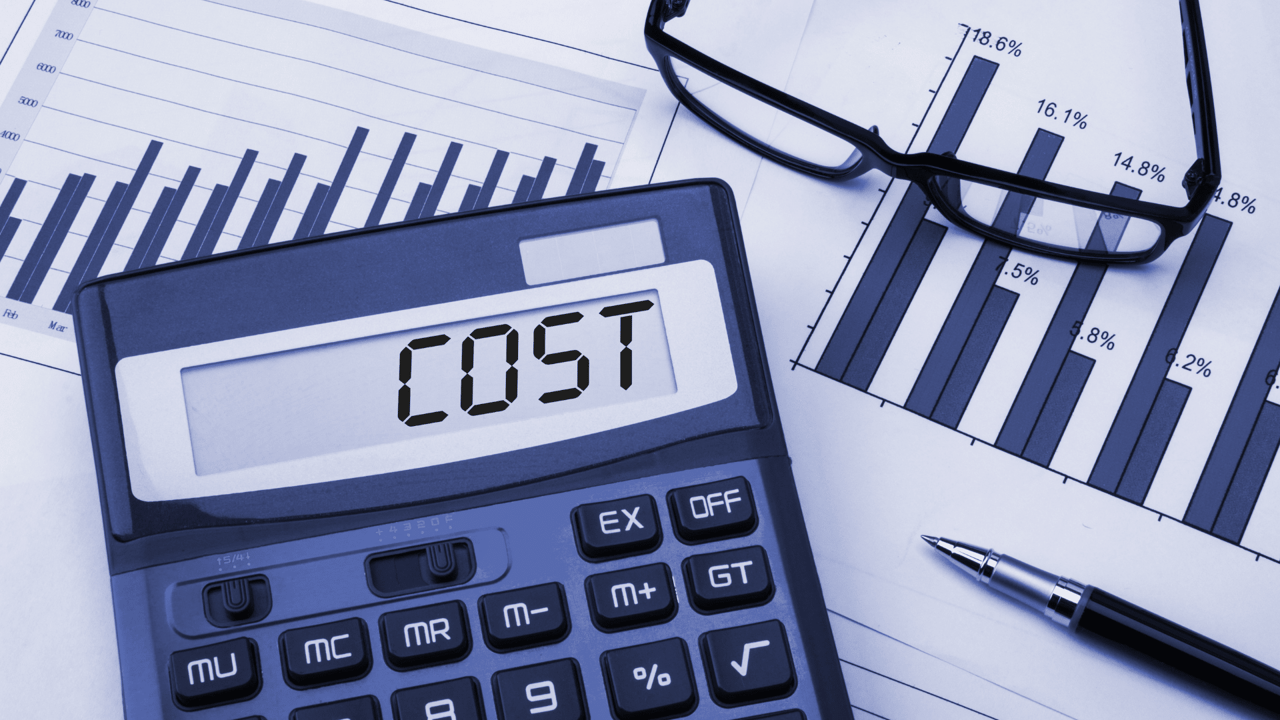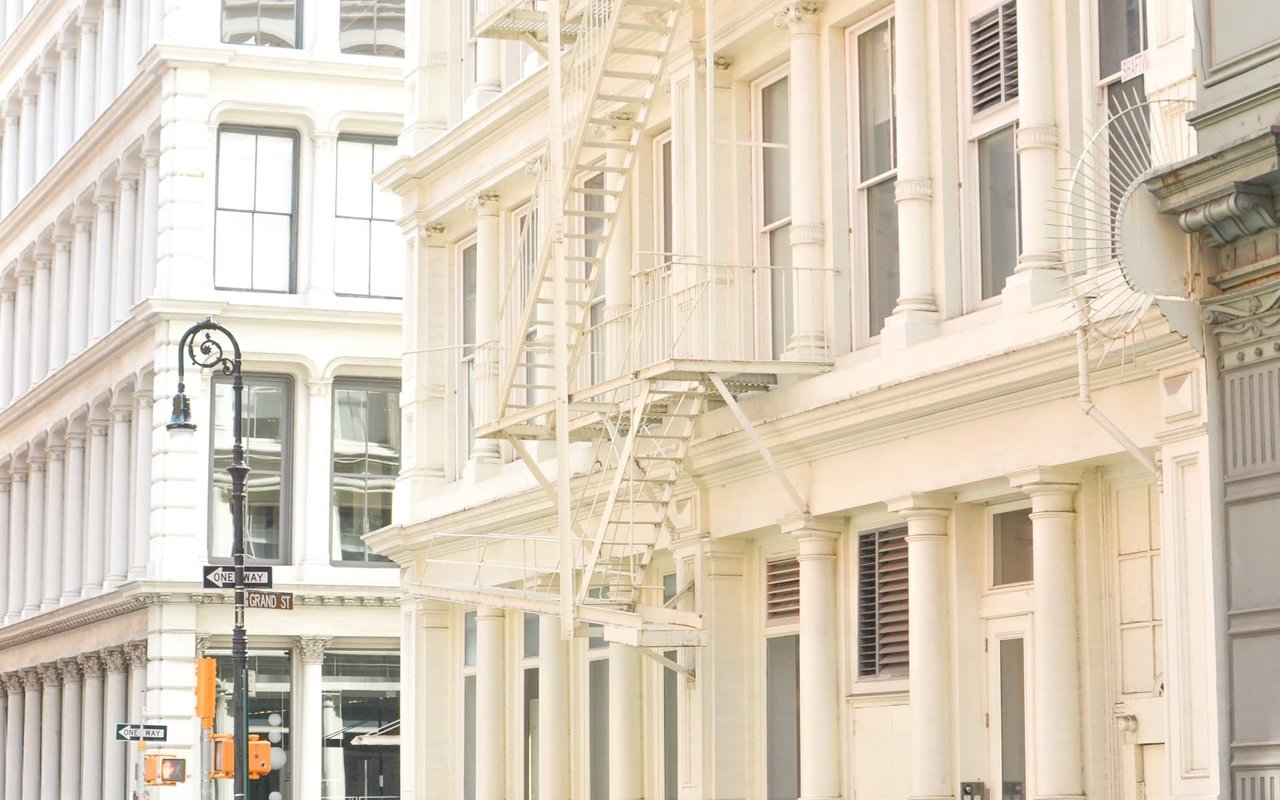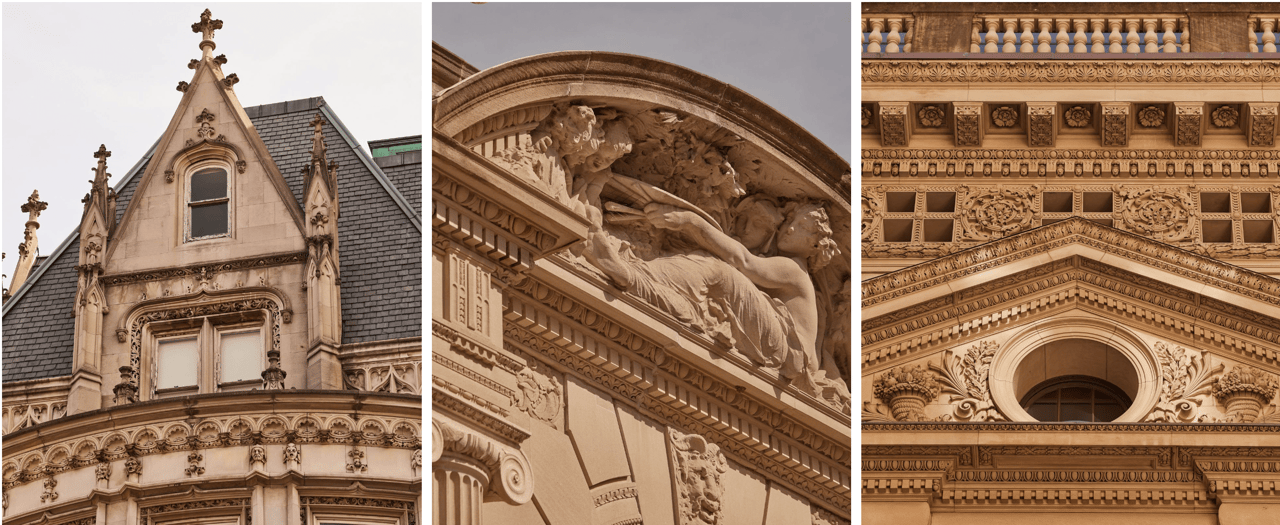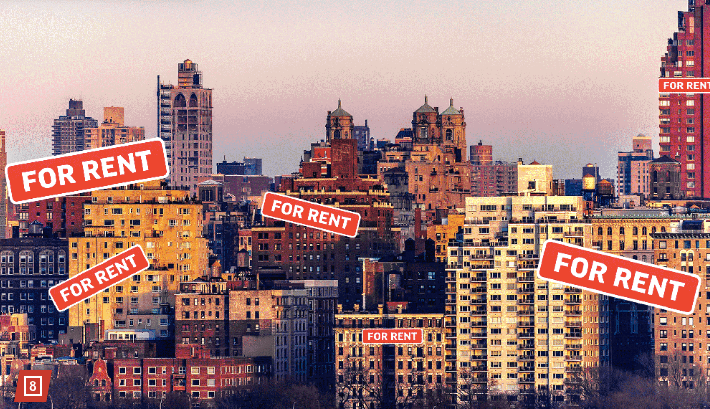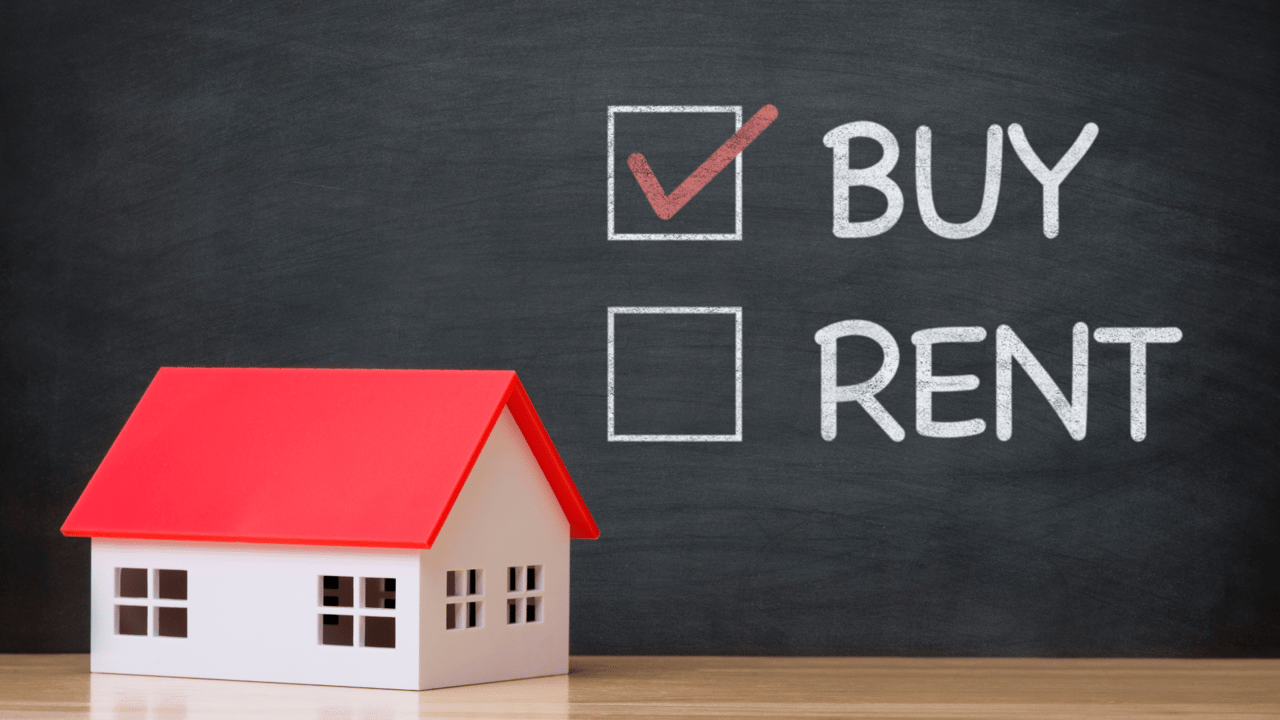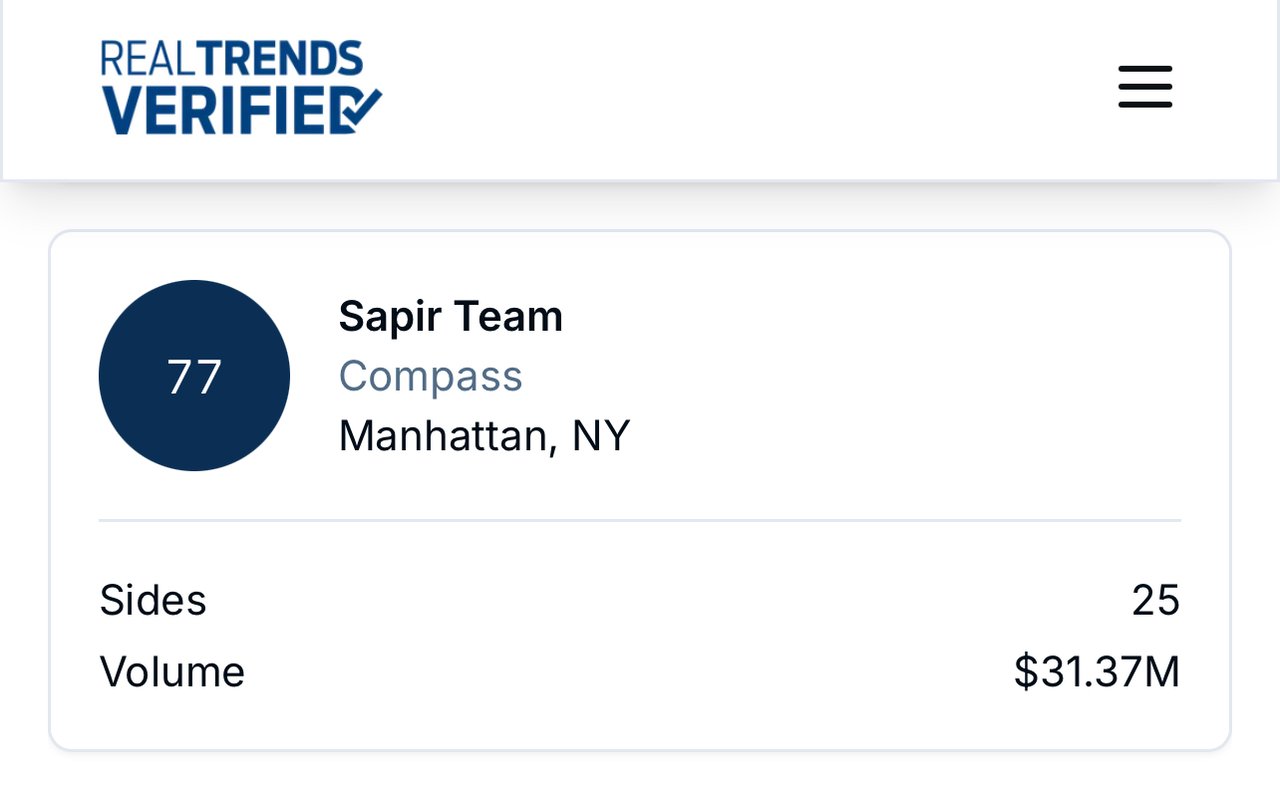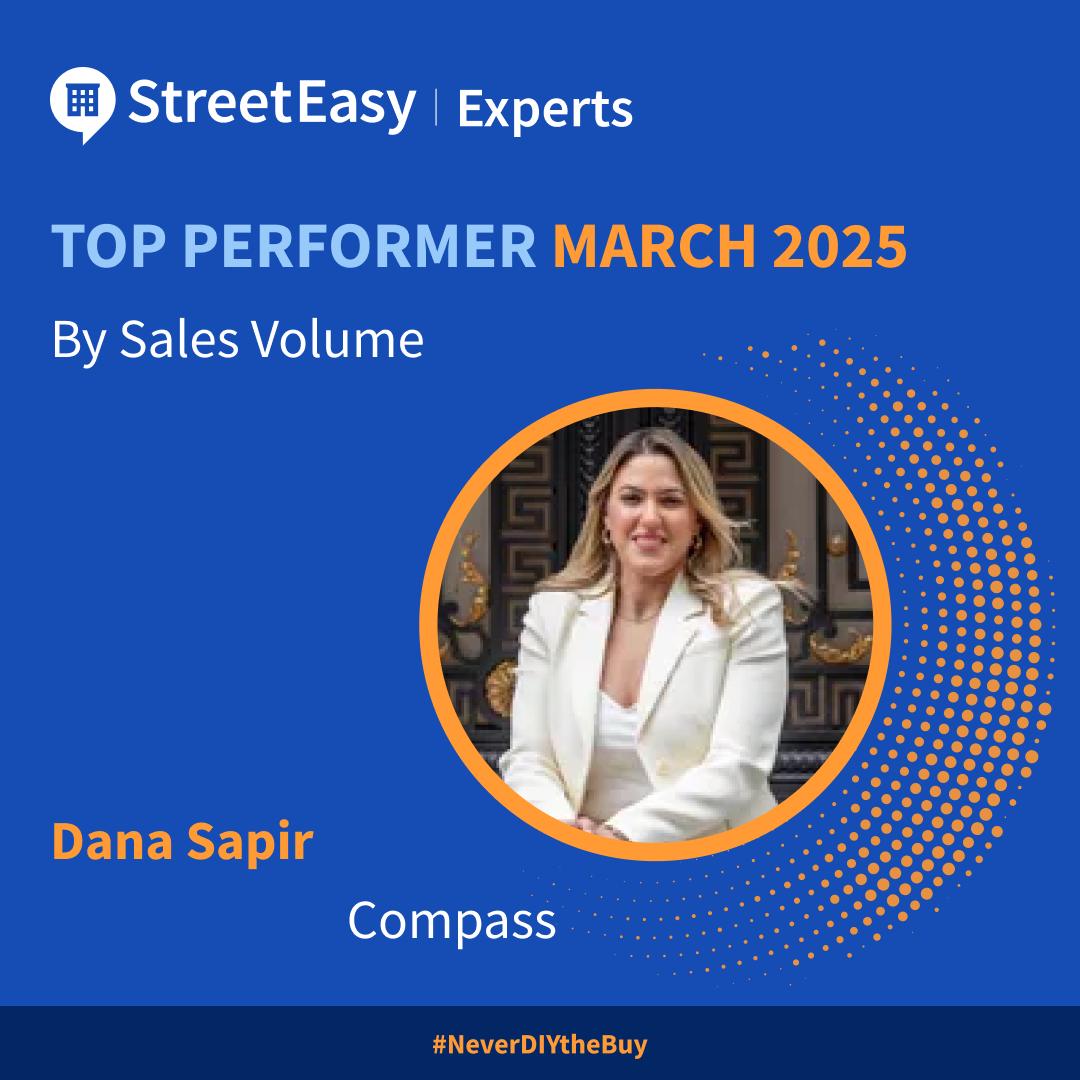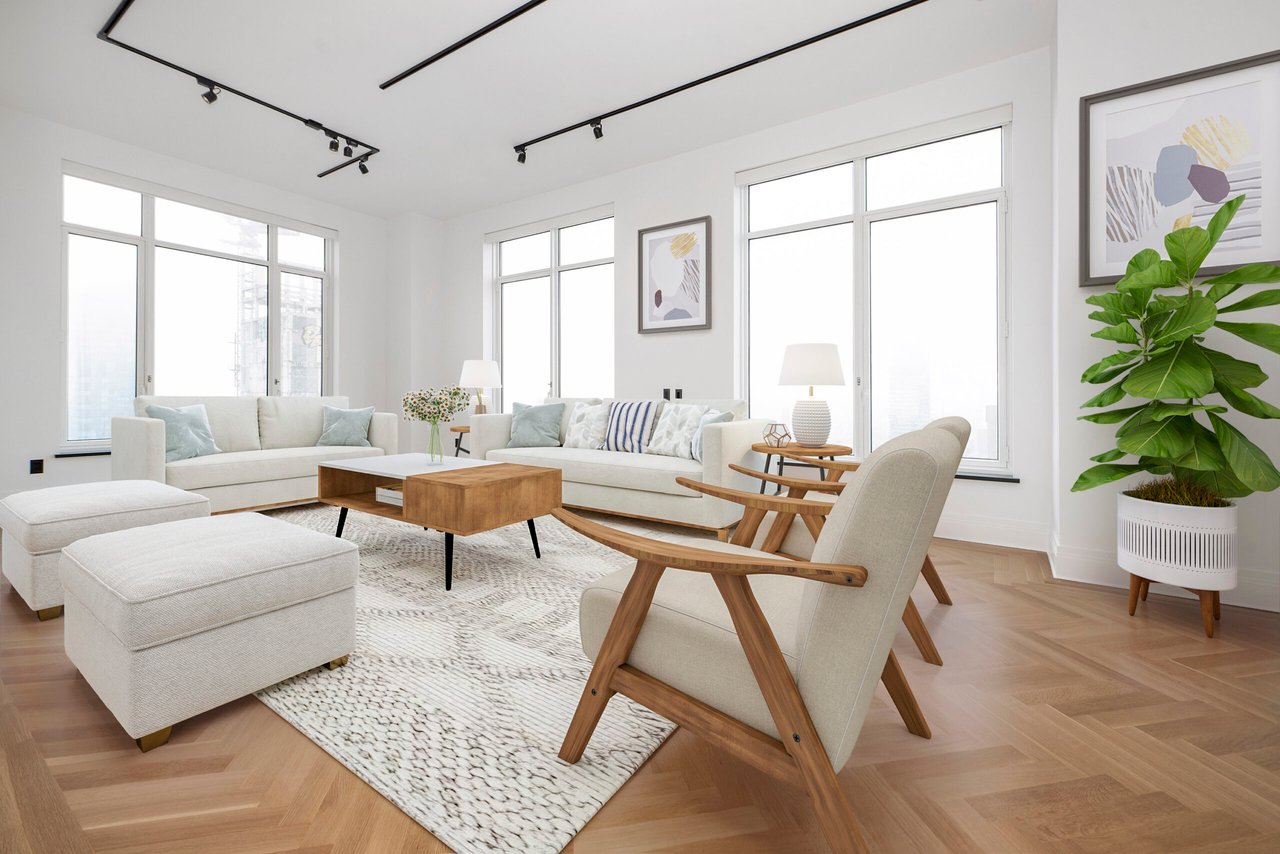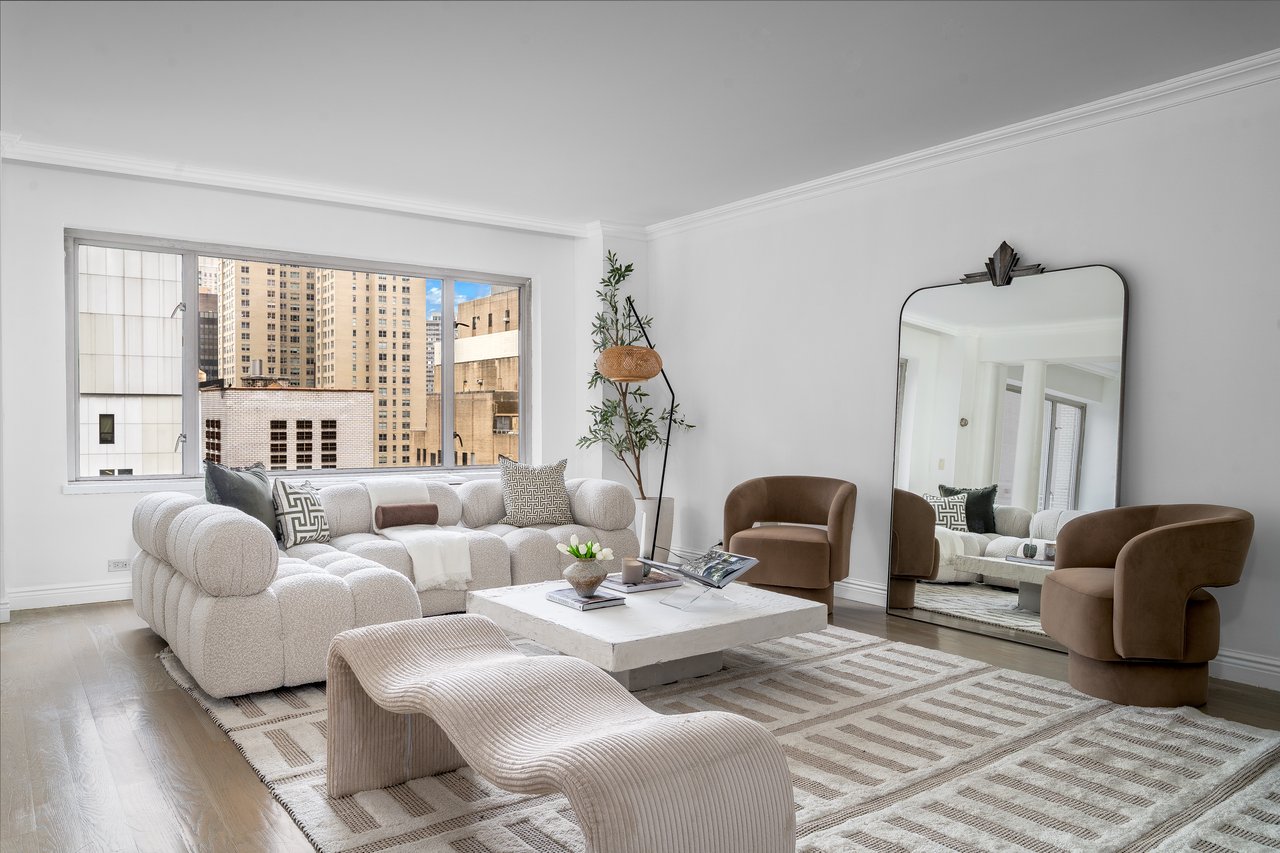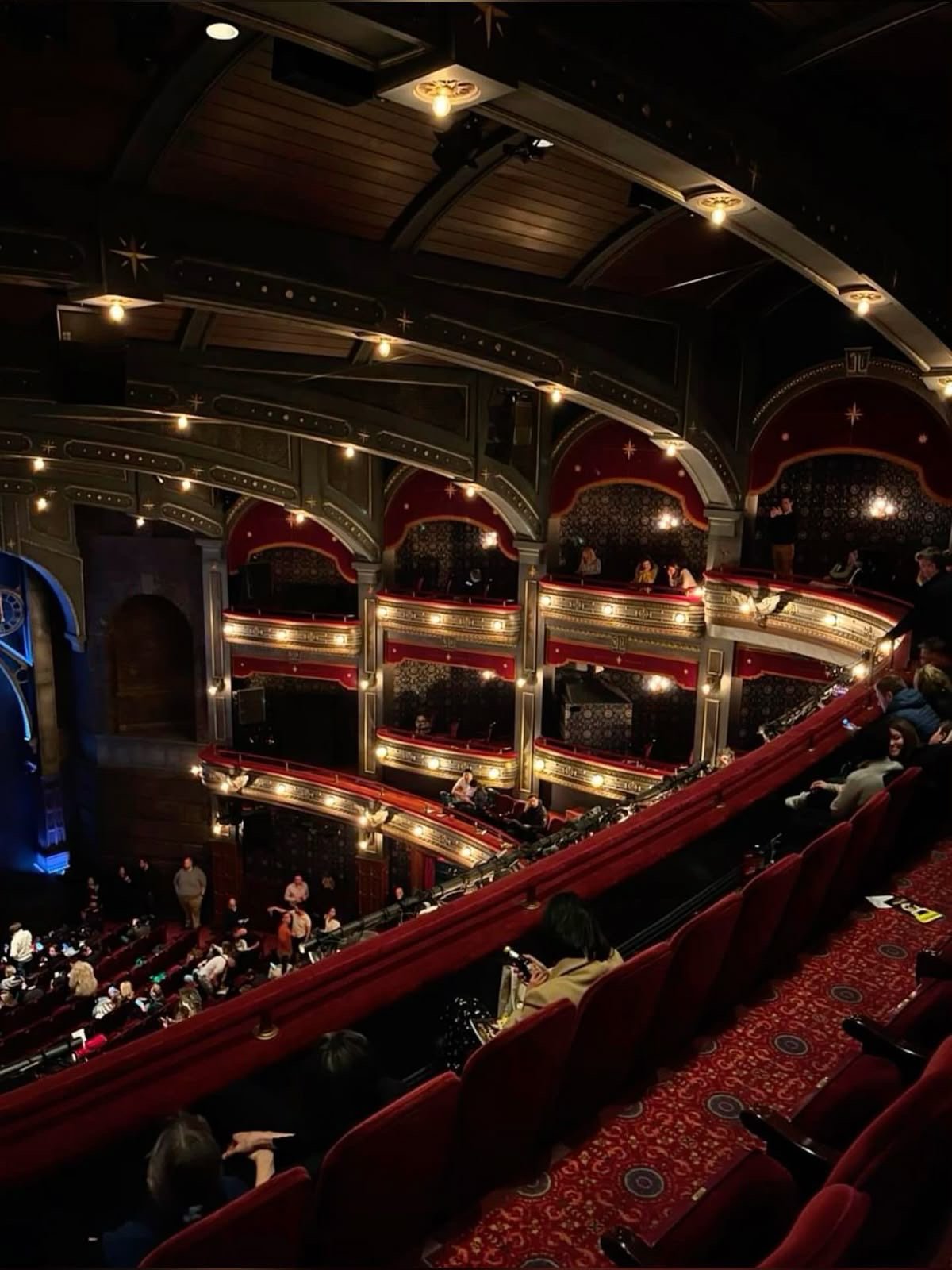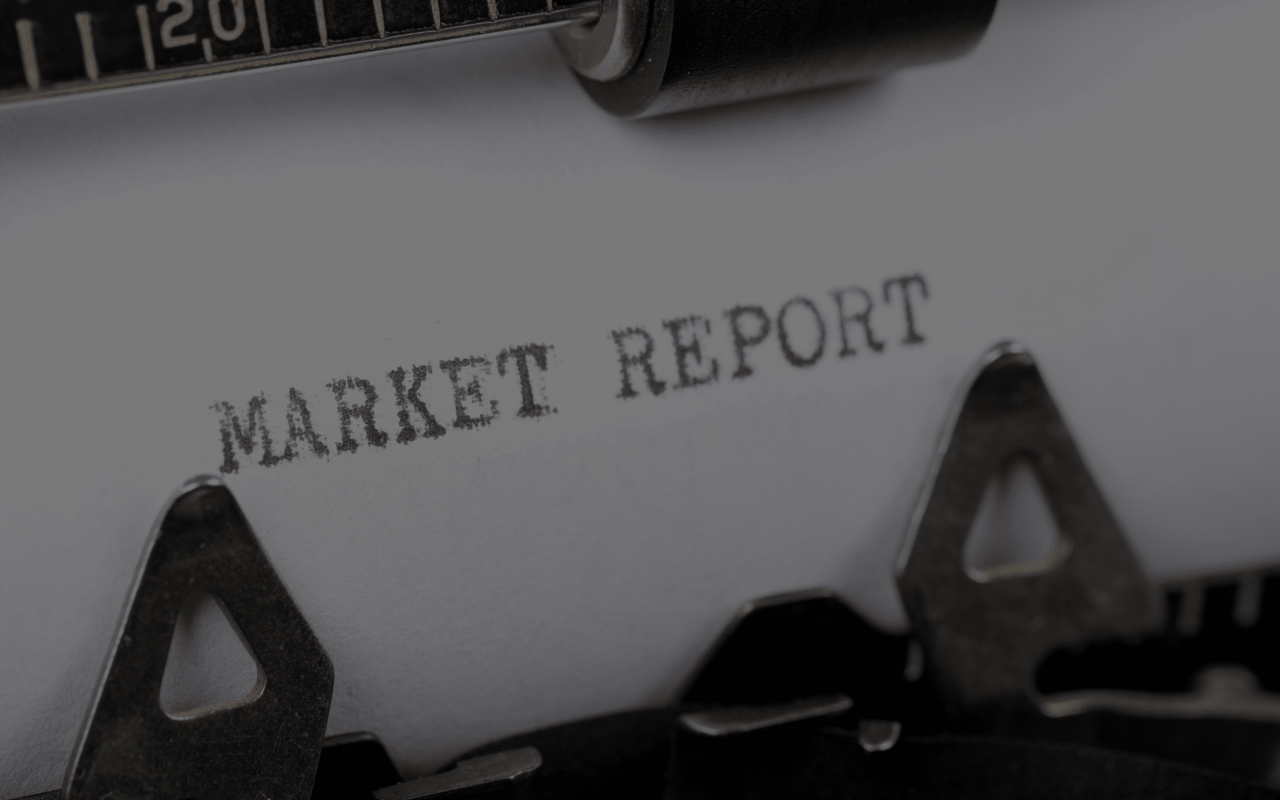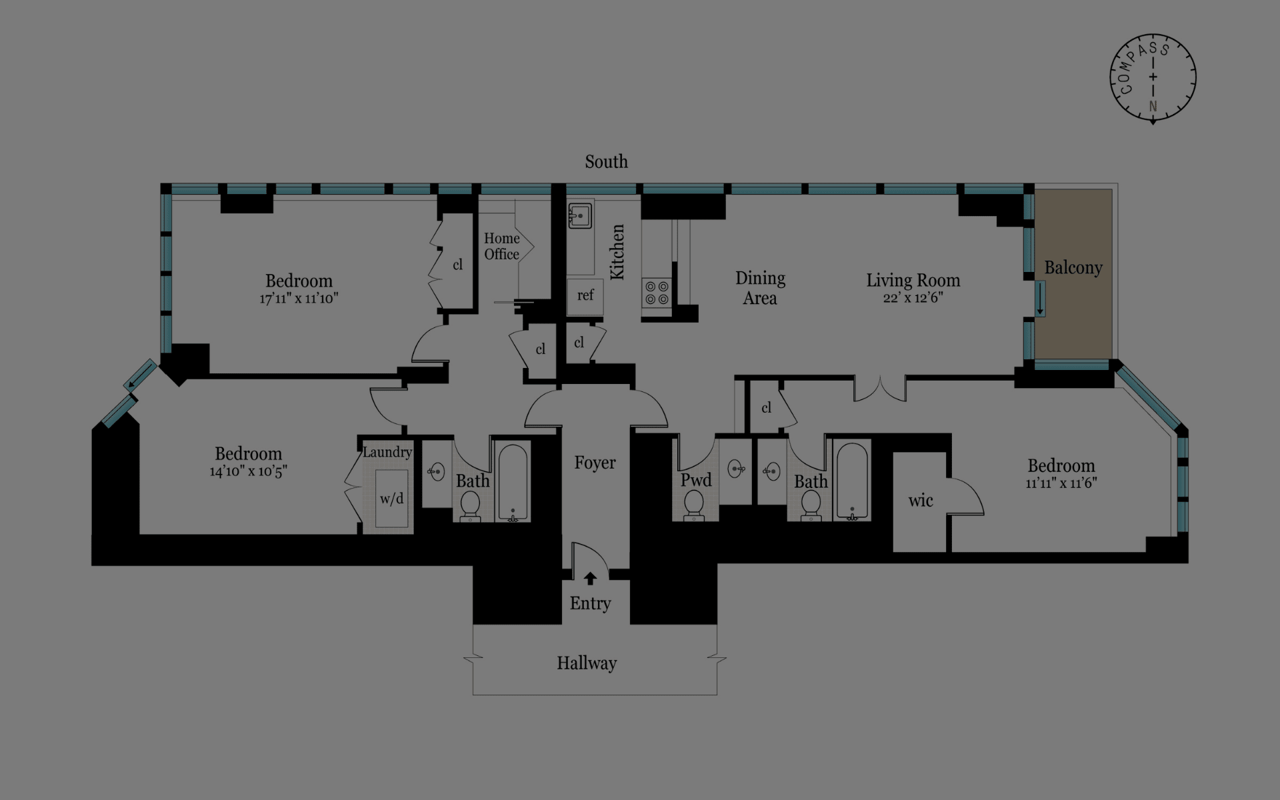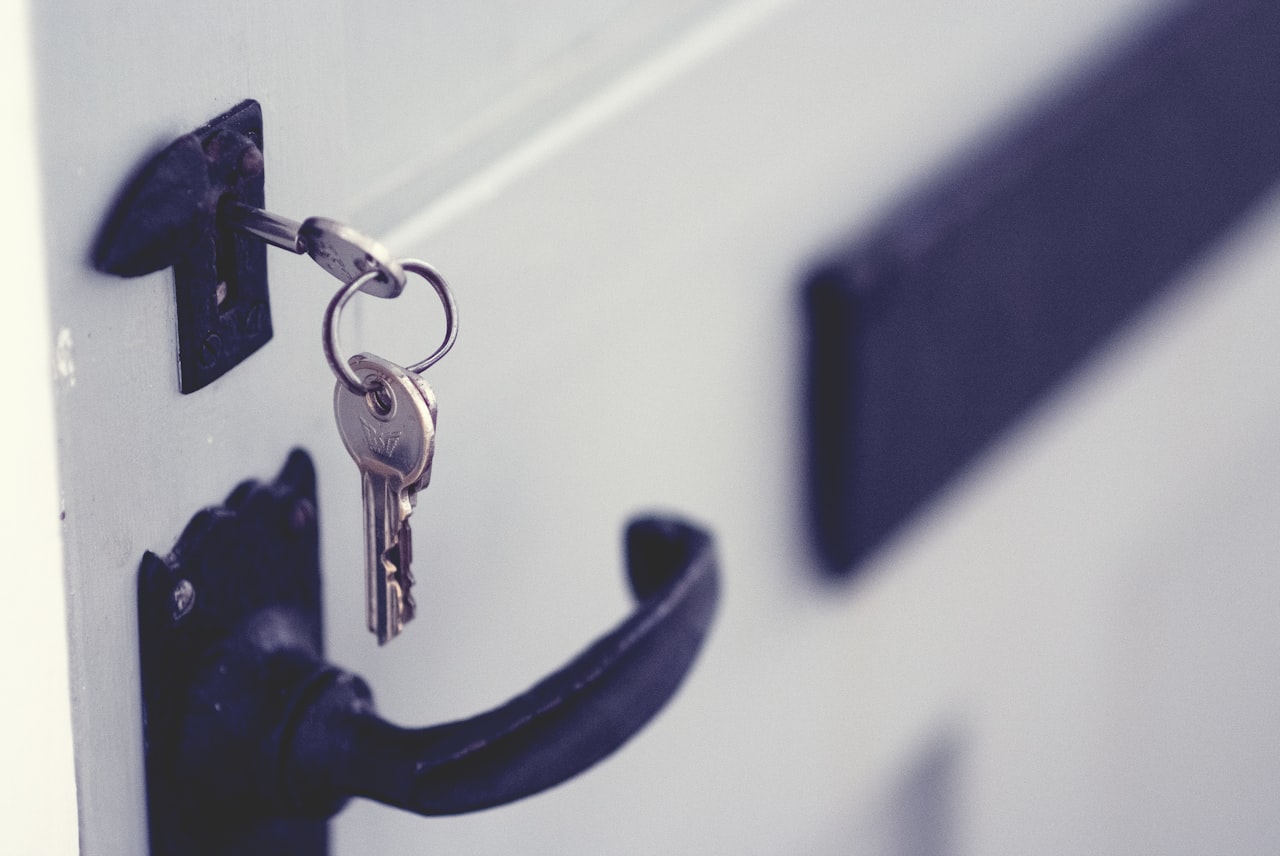Carrying costs have always been an important consideration when figuring out what you can afford to buy in NYC. Just to refresh: They're the monthly payments apartment owners make for the upkeep of their building. They can range from several hundred to several thousand dollars.
Concerns about inflation and tax increases are making carrying costs a major consideration for today's condo and co-op buyers. With New York City prices rising, buyers are already under a lot of pressure from a scarcity of listings and bidding wars, and with many taking out a mortgage on their home, they are increasingly focused on keeping these monthly costs (relatively) low.
What Is the Purpose of Carrying Costs?
Carrying costs are there to make sure that the building is good financial health: that it can cover building expenses with the funds coming in, but also has funds in reserve for emergencies like a broken boiler or leaking roof. Understanding what the carrying costs pay for is helpful in evaluating whether they are reasonable and how they might increase over time.
In a co-op, these payments are called maintenance fees and cover the building's insurance, mortgage, and property tax, plus the salaries of employees like the property manager and the doorman as well as the upkeep of common areas. Heat, hot water, utilities, pest control, trash, and snow removal as well as the upkeep of amenities like a bike room, gym, pool, or storage might also come out of the maintenance fees.
In a condo, these monthly payments are called common charges and because there is no mortgage on a condo building and property taxes are paid separately by owners, the payments to the board are usually a little lower than in a co-op, although your total monthly cost may be higher when you factor in the property tax.
what is a reasonable monthly carrying cost?
The average carrying cost for a co-op is around $2.20 per square foot per month. Your carrying costs will vary with the quality of building you are buying and the neighborhood. The current median for a condo's common charges plus taxes is around $3 per square foot. More than that without top-level amenities would be astonishing.
It's important to remember that monthlies also reflect the building's financial strategy. So if the building doesn't have a lot of services, or doesn't have a reserve fund, or there are regular assessments, or maybe there's a flip tax, then you should be asking questions about how the building is run and where the monthly payments are actually going.
How Do You Calculate Increases in Carrying Costs?
For many buyers, inflation is a concern when it comes to monthlies. Buildings cost a lot of money to run and with inflation it is going to cost more. And there's also politics to consider—property taxes, city taxes, it’s all going to go up, the question is by how much and when. The offering plan of a new development will have projections for the common charges, but they are often underestimated.
Buyers should be careful of sponsors listing artificially low carrying costs in the first year. That might be because that first year is being assessed as if the building is still under construction. In the second year there's going to be a big spike because the building is not under construction anymore.
On a resale apartment, you'll want to find out from the listing agent how often the maintenance has increased over the past decade and by what amount. If there have only been one or two increases, it may be manageable. If there are increases every year, you'll have a sense of where it could be in five years’ time.
Higher monthlies can affect not just whether you meet the debt-to-income requirements for a co-op you want to buy, but also whether the buyers you ultimately want to sell your apartment to in five or 10 years can do the same. High monthlies might rule out a first-time buyer’s eligibility either for a mortgage or for the co-op's debt-to-income requirements. These payments can't be rolled into your mortgage and if you miss payments you risk a lawsuit and in a co-op, eviction.
How Do You Find Apartments With Lower Monthlies?
You have probably heard of buyers taking advantage of tax abatements or having carrying costs taken care of by the sponsor. There are fewer buildings with tax abatements than there were a decade ago. Many of these programs have wound down or expired but there are some buildings still offering this perk. You'll find tax abatements in buildings where developers have been offered incentives to build.
But be warned: These tax abatements do expire. It is recommended that if you are using an abatement to keep costs low, you have an exit strategy for when taxes ramp up to their full amount.
When sales are slow, developers have also been known to offer to pay a buyer's carrying costs for a year or more, but those perks evaporated as the market heated up.
To reduce monthlies, the most obvious route is to find a building with less amenities or services. You'll also find that maintenance in a co-op goes up if you are on a higher floor in the building, so lower floor apartments are a good place to look for lower monthlies.
Board management and building size also play a part in the cost of your monthlies. Although there is no requirement to have these funds, the industry standard is to have three months of maintenance or common charges in reserve to deal with unexpected events like flooding, boiler repair, or roof damage. Co-op buyers should review maintenance costs excluding the building’s taxes as a clue to the efficiency of the board’s spending. Maintenance must be reviewed within the context of building services, taxes, and capital investments, all of which can be found in the building’s financial reports.
Keep in mind, smaller buildings with fewer residents will typically have higher monthly costs because there are fewer residents to share the financial burden of capital improvements. What can balance this out is that a smaller building will typically have fewer amenities.
Do Not Be Fooled by High Tax Deductions on Maintenance!
You may be aware that a percentage of your maintenance in a co-op is tax deductible. The amount varies by building and a 70+ percent tax deductibility would raise eyebrows for me. It’s just like your own taxes – if you’re getting a lot of write-offs, it’s because you are spending a lot of money. If, for example, you are getting 73 percent deductibility, that means the building probably has a large underlying mortgage with a high interest rate. If you see no underlying mortgage and strong financials you may see a lower tax deductibility, say 36 percent.
So now that you know everything there is to know about the monthly carrying costs, I hope you feel more confident in the home you choose and remember, the best advice when you’re buying a home is to find one that suits your needs under ordinary circumstances. Any additional discount is a valuable perk and a surprise.
Source: Brick Underground, Brick Underground
